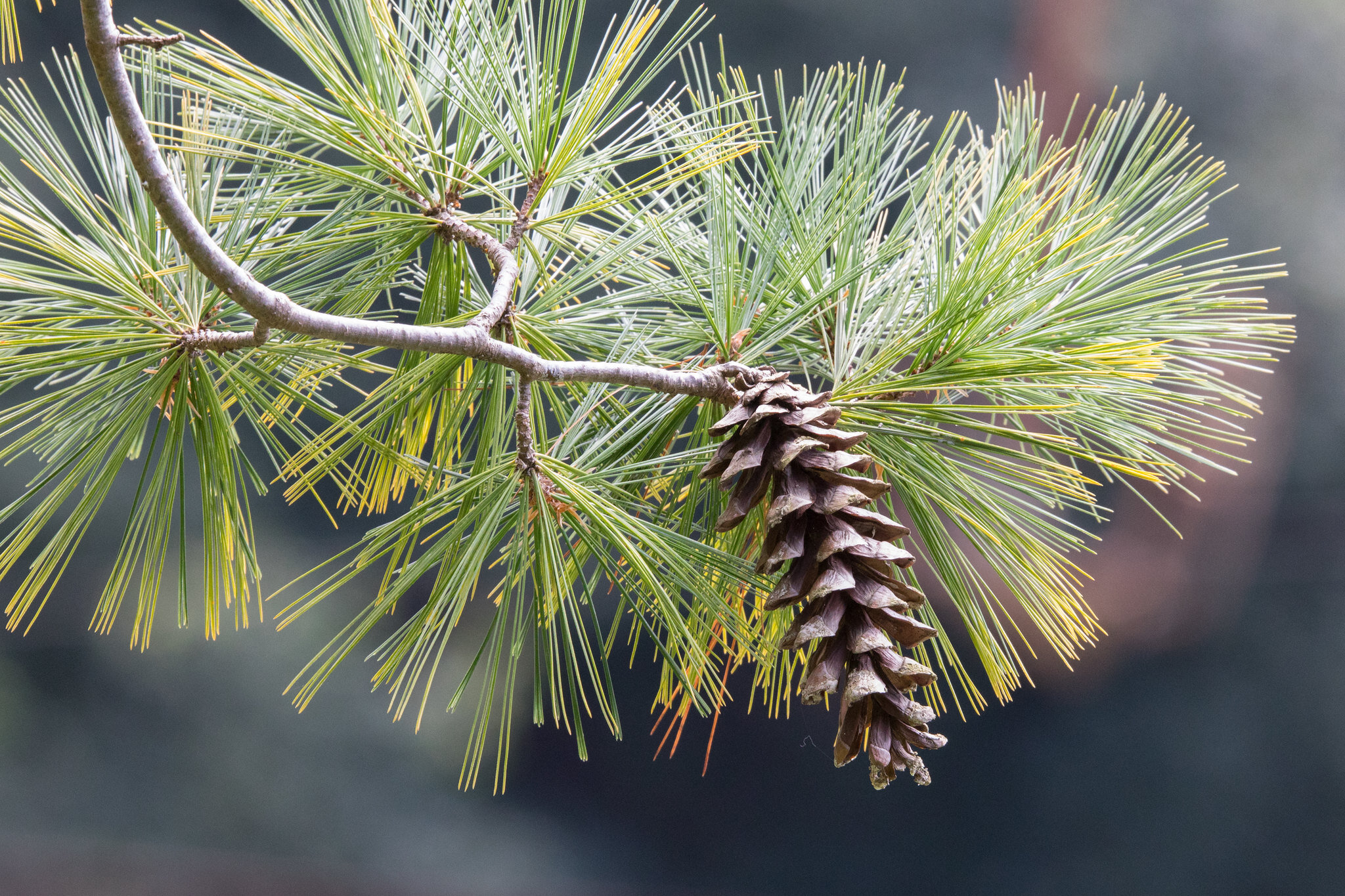Eastern white pine
(𝑷𝒊𝒏𝒖𝒔 𝒔𝒕𝒓𝒐𝒃𝒖𝒔)
Conservation Status: Least Concern (Population Increasing)
Photo Credit: Denis Lifanov/Flickr
Facts: The eastern white pine is the largest conifer in the northeast. It is a fast growing tree, relative to other tree species occupying the same habitat range, and grows best in fertile, well-drained soils. It can, however, also grow well in sandy soils. Eastern white pines can grow for 200+ years, outlasting many of the surrounding species. The bark of the eastern white pine is thin, smooth and green with a reddish-brown tinge on younger trees, and dark gray to brown with shallow fissures on mature trees. Each tree can produce both male and female cones, beginning in May as green, taking 2 years to mature, and gradually ripening to brown when seeds are ready to be released in August and September of their second season. The seeds are a favorite food source of porcupine, snowshoe hare, squirrel, deer and many bird species. The evergreen also provides safe nesting sites for many bird species, including bald eagles.
An important source of lumber for the construction and furniture making industries, the eastern white pine grows a relatively straight trunk, up to 150 feet high, and can reach over 3 feet in diameter. The eastern white pine has been such an integral part of the Maine economy for so many years that it has become affectionately known at the “Pine Tree State,” with official designation as the State of Maine tree in 1945.
Fun Fact: A fun and helpful way to identify this long-lived beloved Maine species is to remember that the word “white” has five letters and this is the same number of needles in a cluster on the eastern white pine.
Sources: https://extension.umaine.edu/signs-of-the-seasons/indicator-species/pine-fact-sheet/, https://www.maine.gov/dacf/mfs/publications/handbooks_guides/forest_trees/pdf/eastern_white_pine.pdf, https://www.fs.fed.us/database/feis/plants/tree/pinstr/all.html

